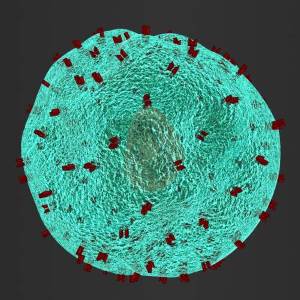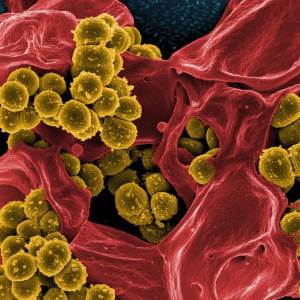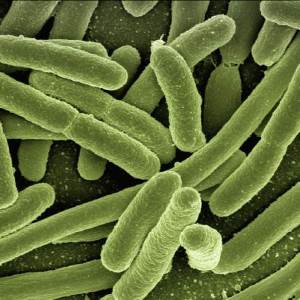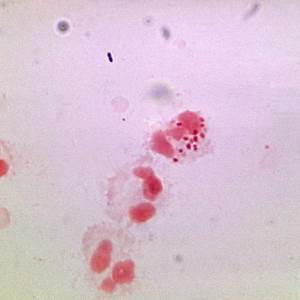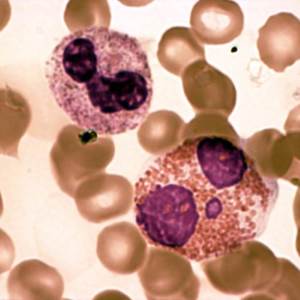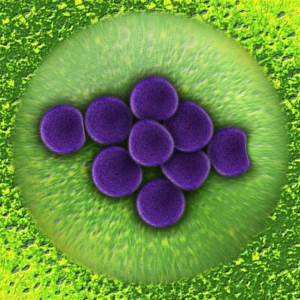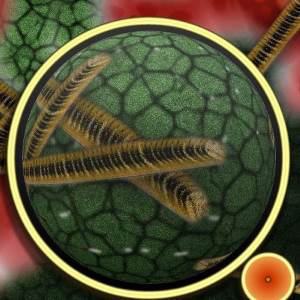About 4-(N-Methyl-N-propenylamino)-1-(3-pyridyl)-1-butanol Preparation Kit
Check information
Catalog number: M325938
Full name: 4-(N-Methyl-N-propenylamino)-1-(3-pyridyl)-1-butanol Preparation Kit
Size: 1 Kit
Supplier: trca
Price: 3675.00
Chemical available in other sizes : Please inquire size and price
Stock availability : In Stock
Cas number : 870193-42-3
Chemical's molecular weight : 220.31
Chemical's main applications : For inclusion of NNAL into a polymer matrix. Kit Contents:Vial 1: 0.5g 4-(N-Methyl)-1-(3-pyridyl)-1-butanol Vial 2: 0.5g Propionaldehyde Vial 3: 3g dried molecular sieves. (This experiment should be conducted by a trained chemist) Directions: In an efficient fume hood, add the contents of Vial 2 (anhydrous Toluene can be used to ensure complete transfer of the liquid) and Vial 3 to Vial 1. Dilute with 15mL of anhydrous Toluene and reseal tightly. Shake or stir at 50-60°C in the hood for 3 hours. After cooling the mixture is ready for use as is or after filtration to remove sieves. Gives approximately 100-200mg of final product if done correctly.
Chemical's category : Heterocycles, Nicotine Derivatives
Other name : α-[3-(Methyl-1-propen-1-ylamino)propyl]-3-pyridinemethanol; α-[3-(Methyl-1-propenylamino)propyl]-3-pyridinemethanol;
Chemical's formula : C13H20N2O
Physical properties : White Foam
Melting temperature : No Data Available
Boiling temperature : No Data Available
Chemical's soluble in : No Data Available
Stability conditions : No Data Available
Storage : No Data Available
Description : A methyl group is an alkyl derived from methane, containing one carbon atom bonded to three hydrogen atoms — CH3. In formulas, the group is often abbreviated Me. Such hydrocarbon groups occur in many organic compounds. It is a very stable group in most molecules. While the methyl group is usually part of a larger molecule, it can be found on its own in any of three forms anion, cation or radical. The anion has eight valence electrons, the radical seven and the cation six. All three forms are highly reactive and rarely observed,
